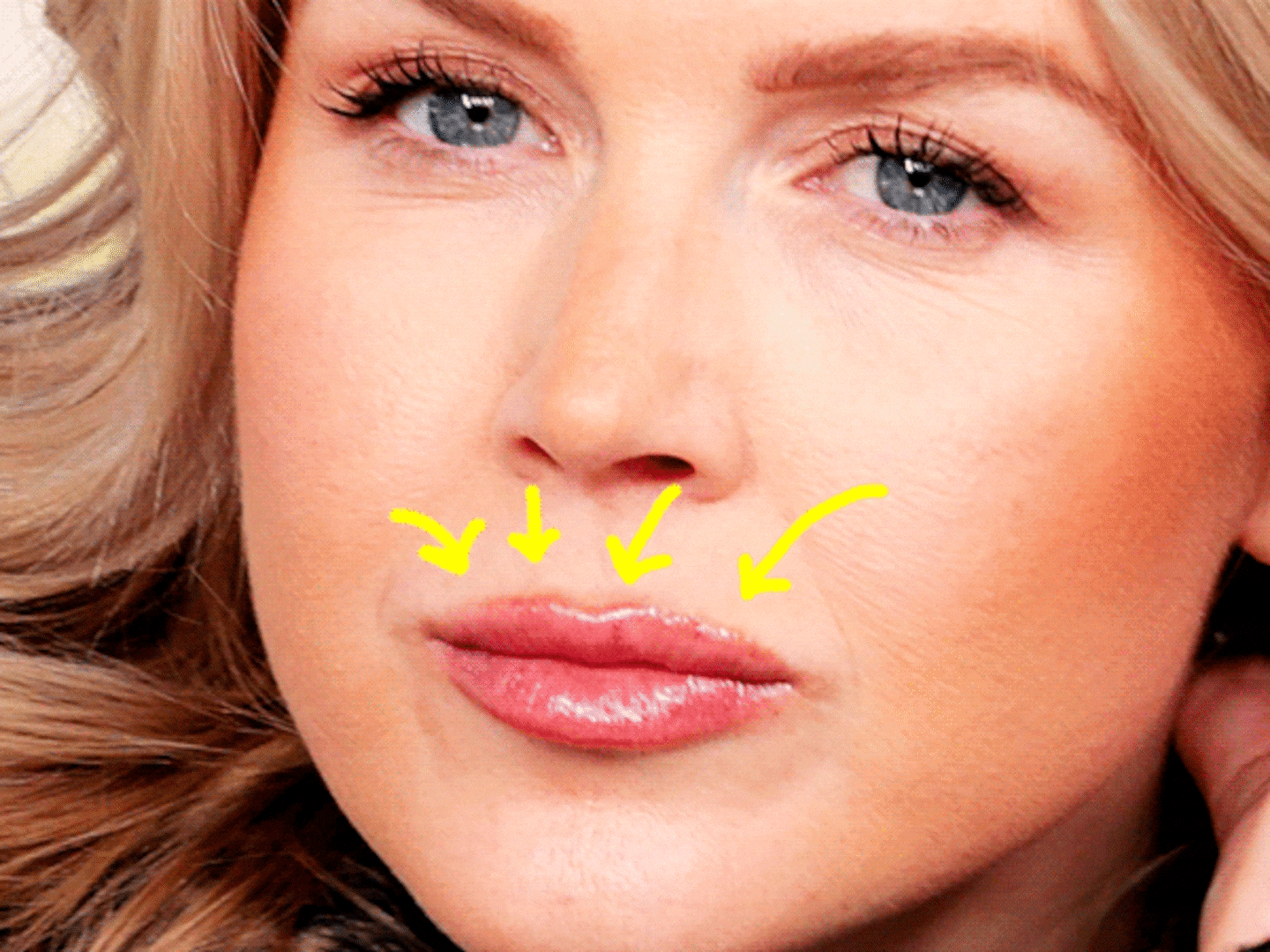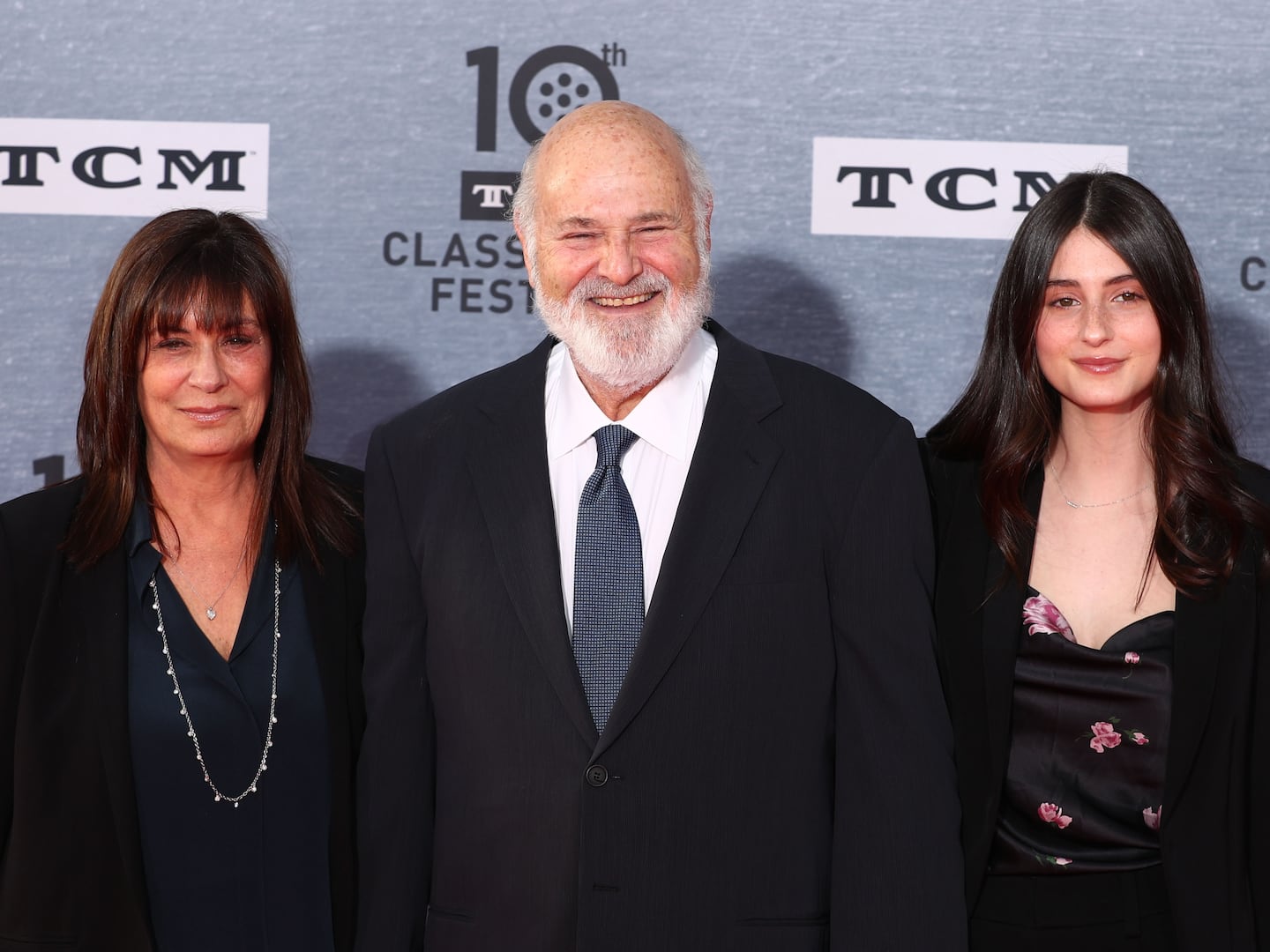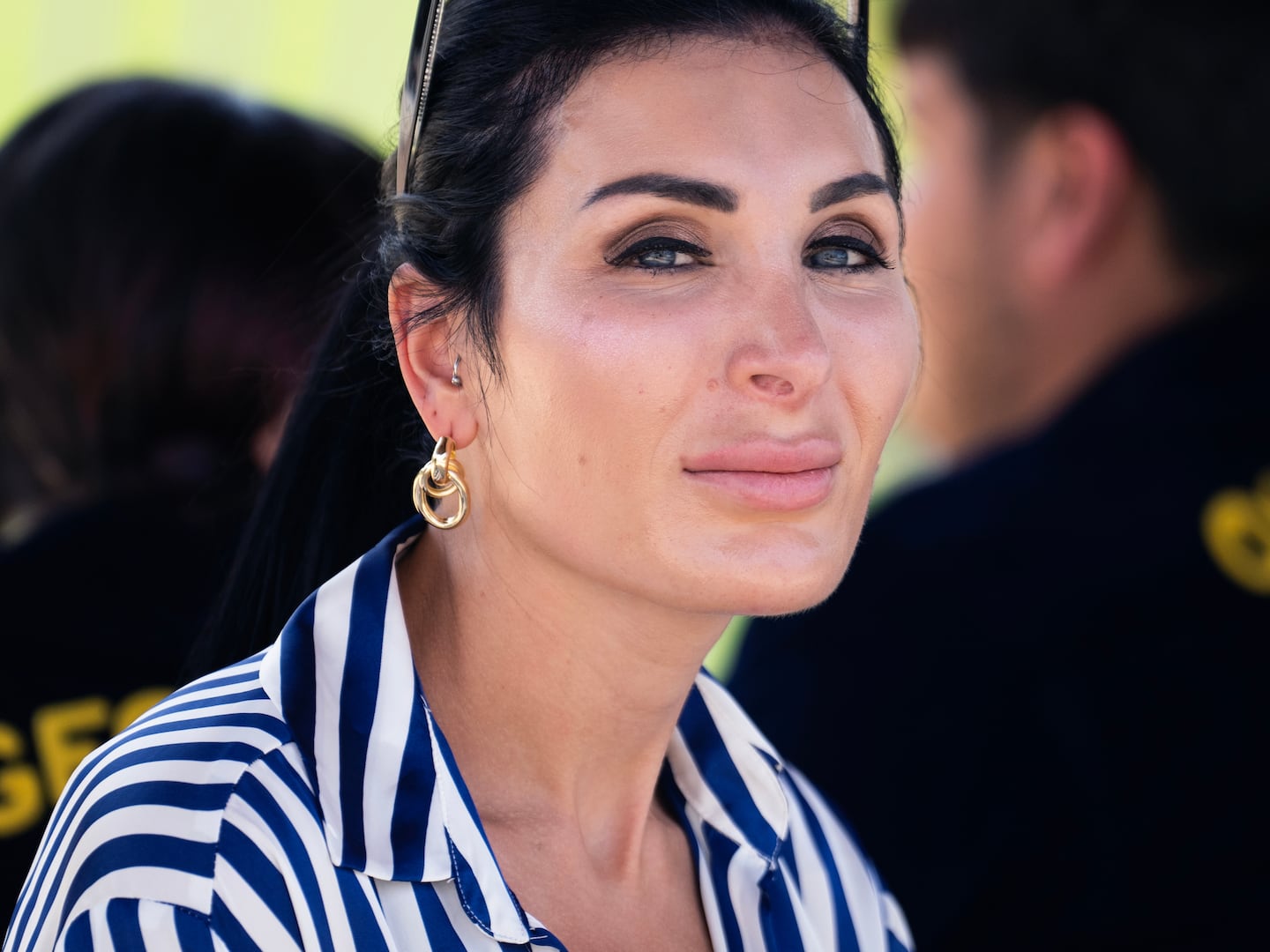
When Lauren Schug, 26, from Philadelphia, was rejected by her top college choices—Brown, Columbia, and Duke—she was pretty sure her life was over. “I was extremely disappointed when I didn't get into my first choice school,” she says, “and as I didn't get into my second and third choice, I feared that my education and my future would be compromised.”
She reluctantly began considering the colleges lower down her list, only two of which she would consider enrolling in: Boston College and Tulane. The latter she had applied to only because the son of her parents’ close friends had gone there and liked it.
“It’s kind of like dating that person who’s good on paper,” says one college counselor about elite schools, “you’re just not in love with them.”
But then something strange began to happen. The more she was forced to dwell on these two schools, the more they intrigued her. Boston College turned out to have an in-depth classical focus as its English major’s core curriculum. And after her visit to New Orleans—on a sun-drenched, 80-degree spring day the weekend of the French Quarter Festival—Tulane started to look pretty fantastic. Plus, Tulane was offering her a scholarship. (Schug also remembers her parents telling her they’d buy her a car if she went there; it never materialized.)
She eventually settled on Tulane—and in retrospect, she thinks getting the cold shoulder from her more elite first choices was the best thing that could have happened to her. At Tulane, she was outside her comfort zone and surrounded by a diverse group of students. “At Tulane, there were so many different people from around the country,” Schug said. “If I’d gone to one of my other choices, a lot of them probably would have been people who grew up in well-off suburbs in the Northeast.”
Schug’s experience isn’t uncommon. College counselors and faculty, as well as students who didn’t get into their top-choice college, say the second-choice school often turns out to be an even better fit. “I had wanted a school that people would recognize and think was prestigious,” Schug says. “A lot of times, kids put so much emphasis on a big name rather than what school is right for them.”
Jeremy Hyman, a former philosophy professor and co-author of Professors’ Guide to Getting Good Grades in College, agrees. He’s seen students again and again rank prestigious schools as their top choices without fully researching them. “When there’s less name-recognition, the student does a more careful investigation of what the school is really like,” says Hyman. “When the first one’s out of the way, that’s when they study the product, visit the college, study the website, check the syllabi for some classes.”
That’s just one reason many students end up happier at their second-choice college. Some students aren’t as ready as they think they are to conquer the world at a Harvard or a Yale. Barbara Cooke, head of academic advising and student-employment services at Metropolitan Community College-Maple Woods in Kansas City, says kids overestimate their abilities at their peril. “Sometimes you can choose a college that’s more of a reach than you can handle,” Cooke said. “If you end up at a second-choice school, sometimes the transition is easier, either academics-wise, or it’s closer to home.”
There’s a psychological aspect, too, to why fewer choices can make you feel firmer about your decision, says Sheena Iyengar, a researcher at Columbia University and author of The Art of Choosing. If you’ve been accepted to all the colleges you’ve applied to, selecting between Yale and Harvard and Stanford and Princeton can cause a minor meltdown. (Turn down Yale??) Even after the choice has been made and you’re safely on the campus of your perfect Ivy, you might continue to worry if you made the right decision—a worry that could plague you long after you’ve graduated.
One way to muffle the shock of being rejected from a first-choice school is by having good back-ups—not just safety schools you hate the idea of, but genuine second-choice schools that you think you’d genuinely want to attend. Jim Jump, the director of guidance at St. Christopher’s School, an all-boys’ prep school, in Richmond, Virginia, says that approaching the admissions process correctly means identifying a range of schools, any of which they’d be happy at. Problems arise when all of their expectations rest on the decision of one college.
“As they think about college, they should be constantly thinking about the ‘what-ifs,’ which should preclude being obsessed over one place,” says Jump.
Those what-ifs should also include options if that first-choice school doesn’t turn out to be a match made in heaven. Alexis White, a private college application consultant in Los Angeles, says that sometimes students have dangerously lofty ideas about what the college experience will be like. “There’s an incredible amount of expectation placed on a first-choice school,” says White. “They get there, and sometimes it’s not what they’d built it up to be in their minds.”
But perhaps most intriguing is the notion that many students end up falling more deeply in love with their second-choice school—one that embraced them fully and unconditionally—than they ever could have with an institution that’s hyper-selective. “Students tend to bond with the college they attend, and this process is enhanced by the fact that the college wanted them, too,” said Lisa Sohmer, the director of college counseling at Garden School in Jackson Heights, New York. Even though a dream school may have a fitting academic program, it might not be right, socially or emotionally. “It’s kind of like dating that person who’s good on paper—you’re just not in love with them,” White says.
Take Randi Fuchs, a 22-year-old English major who was accepted to her first-choice college and enrolled there in 2006. She’d grown up surrounded by driven, overachieving students at Scarsdale High School; her closest friends were headed to the Ivies. Students at Scarsdale High didn’t aspire to attend nearby colleges like Manhattanville, Iona, or SUNY-Purchase. So Fuchs, almost without thinking, accepted her admission to the most elite school she could get into with her B-average: American University.
Fuchs wanted to study education, but at American, students couldn’t be accepted into the education program until their sophomore year. And American prepared them for certification tests for local schools, not schools in New York, where Fuchs wanted to live after graduation. She also joined a sorority, but after three years as a sister there she felt the social pressures were interfering with her schoolwork.
By her junior year, she had transferred to Manhattanville College, a small school in Westchester with just 1,700 undergraduates—a place she hadn’t even applied to back in high school and that most people outside the New York area have never heard of. Her friends thought she was crazy, but today, Fuchs couldn’t be happier.
“When you go to college, you don’t know who you are,” she says. “At 22, I know I’m comfortable making decisions that are right for me.”
The original version of this story incorrectly stated that chapel attendance at Notre Dame is mandatory. Chapel is heavily attended by the student body, but not required.
Sushma Subramanian is a freelance journalist in New York and an adjunct journalism professor at Hunter College. Her work has appeared in New York magazine, Psychology Today, and Self.






